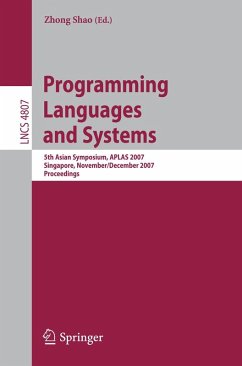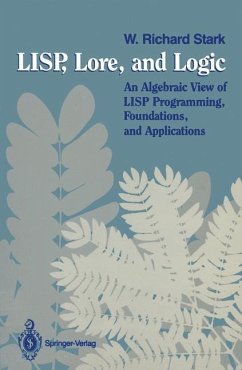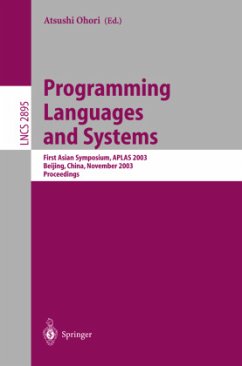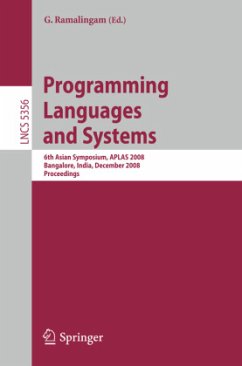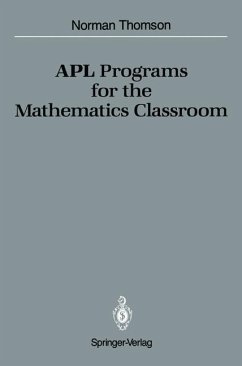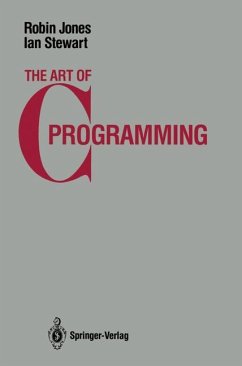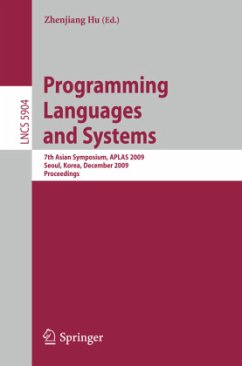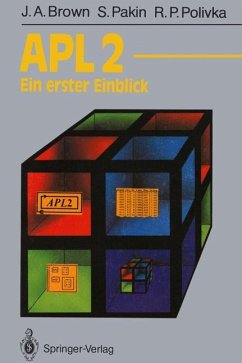
An APL Compiler

PAYBACK Punkte
39 °P sammeln!
Presents the results of an investigation into the issuesraised by the development of a compiler for APL, a very highlevel computer programming language. APL presents a numberof novel problems for a compiler writer: weak variabletyping, run time changes in variable shape, and a host ofprimitive operations. Through the integration of severalrecently developed compiler construction techniques, such asdata flow analysis, and a novel and space efficient demanddriven or lazy evaluation approach to code generation, theauthor has been able to produce a true compiler for thelanguage while still maintai...
Presents the results of an investigation into the issuesraised by the development of a compiler for APL, a very highlevel computer programming language. APL presents a numberof novel problems for a compiler writer: weak variabletyping, run time changes in variable shape, and a host ofprimitive operations. Through the integration of severalrecently developed compiler construction techniques, such asdata flow analysis, and a novel and space efficient demanddriven or lazy evaluation approach to code generation, theauthor has been able to produce a true compiler for thelanguage while still maintaining the felxibility and easethat are the hallmarks of APL.





